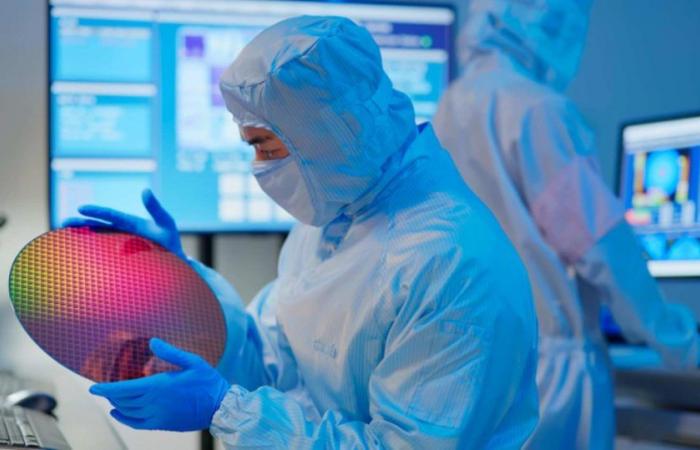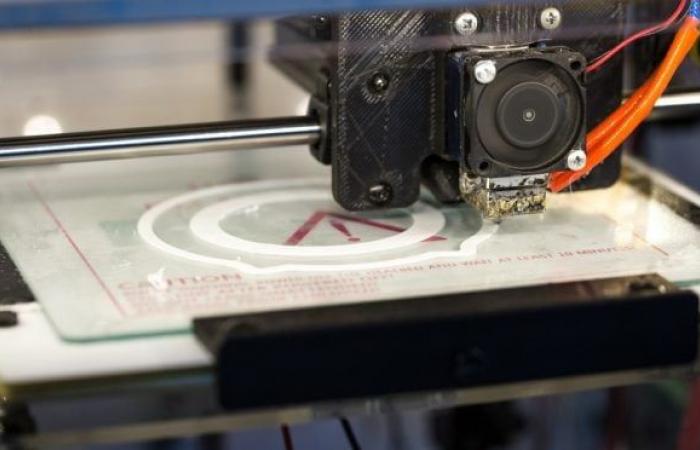Computational chemistry is a discipline that fuses chemistry and computer science. It is responsible for analyzing and solving chemical problems using computational techniques and tools.. It uses simulations and mathematical calculations to understand and predict the behavior and properties of molecules and materials. Materials with extraordinary magnetic properties have also been discovered, which could have applications in information storage and quantum computing.
In recent years, computational chemistry has experienced remarkable progress. This has been driven by technological development and the increase in computer processing capacity. This digital revolution has led to important discoveries in fields such as chemistry and petrochemistry. In addition to its usefulness in optimizing existing materials, computational chemistry has also enabled the discovery of new materials with surprising properties. For example, compounds with superconducting properties at room temperature have been identified, which could revolutionize the electronics and energy industry.
The revolution that exists and is coming from computational chemistry
Computational chemistry is based on the principles of quantum chemistry. The latter describes the behavior of subatomic particles and their interactions. Through mathematical equations and models, computational chemists can solve complex problems and make accurate predictions about molecular behavior.
This computational science is used in various areas, such as pharmaceutical research, the chemical industry, nanotechnology and renewable energy. Facilitates the rapid creation and development of new materialsthe optimization of chemical processes and the reduction of costs and production times.
Computational chemistry has revolutionized the research and development of chemicals and materials. In addition, has enormous potential to continue transforming numerous fields scientists and technologists in the future.
A promising discipline that generates many expectations
Materials are at the heart of all technological innovation. Whether it is a new drug, a solar cell, a battery or a catalyst, their performance depends on their structure and molecular properties. However, the amount of materials that can be synthesized is astronomically large.
Traditional methods for the discovery of materials are based on trial and error experiments. Thousands of candidates are synthesized and then their properties need to be tested one by one.
This approach is expensive, is time-consuming, wasteful, and often unsuccessful. For example, it took decades to discover new drugs for tuberculosis or new catalysts for ammonia synthesis using these methods.
On the contrary, computer-guided simulation explores and identifies promising candidates before synthesizing them. The use of quantum mechanics allows us to create models of how atoms interact and form molecules. Thus, computational chemistry can accurately predict various material properties.
Two-dimensional (2D) materials

Two-dimensional (2D) materials are composites that offer Exceptional performance for designing heterostructures or multifunctional devicesOne of the most striking is a new compound based on gadolinium (Gd).
Gadolinium is a chemical element of the rare earth group. It is known for having seven unpaired electrons and for its ability to act as a magnetic coolant.
A team from the Molecular Nanoscience Laboratory of the University of Barcelona prepared a 2D Gd(III) compound “in the form of a massive reticular network material of metal cations and organic ligands (metal-organic framework, MOF).” Gd(III) compounds are activated at extremely low temperatures, which makes them useful as magnetic coolants.
The team managed to The nanocrystals of the compound grew on a semiconductor silicon surface. This is essential for its application in technological devices. This compound could be used as a magnetic coolant in devices at room temperature.
A great future
Computational chemistry It has important applications in new fields of study. In astrochemistry, for example, it is used to simulate chemical processes in space. In nanotechnology, it is used to design and optimize nanomaterials. And in renewable energy, we seek to find more efficient catalysts and materials for solar cells.
The future of computational chemistry is promising. It has enormous potential to continue exploring and discovering new materials. Its applications in various fields predict a future full of discoveries and technological advances that will benefit society as a whole.
Some advantages to highlight
One of the most fascinating aspects of computational chemistry is its ability to predict the properties of a material before it is synthesized in the laboratoryUsing computer simulations, researchers can study the molecular structure of a compound, its stability, its chemical reactivity, its mechanical and thermal properties, among other aspects.
A prominent example of advances in computational chemistry is the design of catalysts for chemical reactions. Catalysts are compounds that accelerate chemical reactions without being consumed in the process, and are essential in the chemical and pharmaceutical industries. Thanks to computational chemistry, scientists can optimize the structure of catalysts, improving their efficiency and selectivity in reactions, which reduces the costs and environmental impacts of industrial processes.
Another field in which computational chemistry has had a significant impact is in Materials design for energy applications. For example, new materials have been developed for more efficient solar cells, batteries with greater capacity and durability, and catalysts for the production of clean fuels.
These advances contribute to the transition towards a more sustainable and environmentally friendly economy.
Recommended readings
New materials in 21st century society
Computational Chemistry, a revolution








